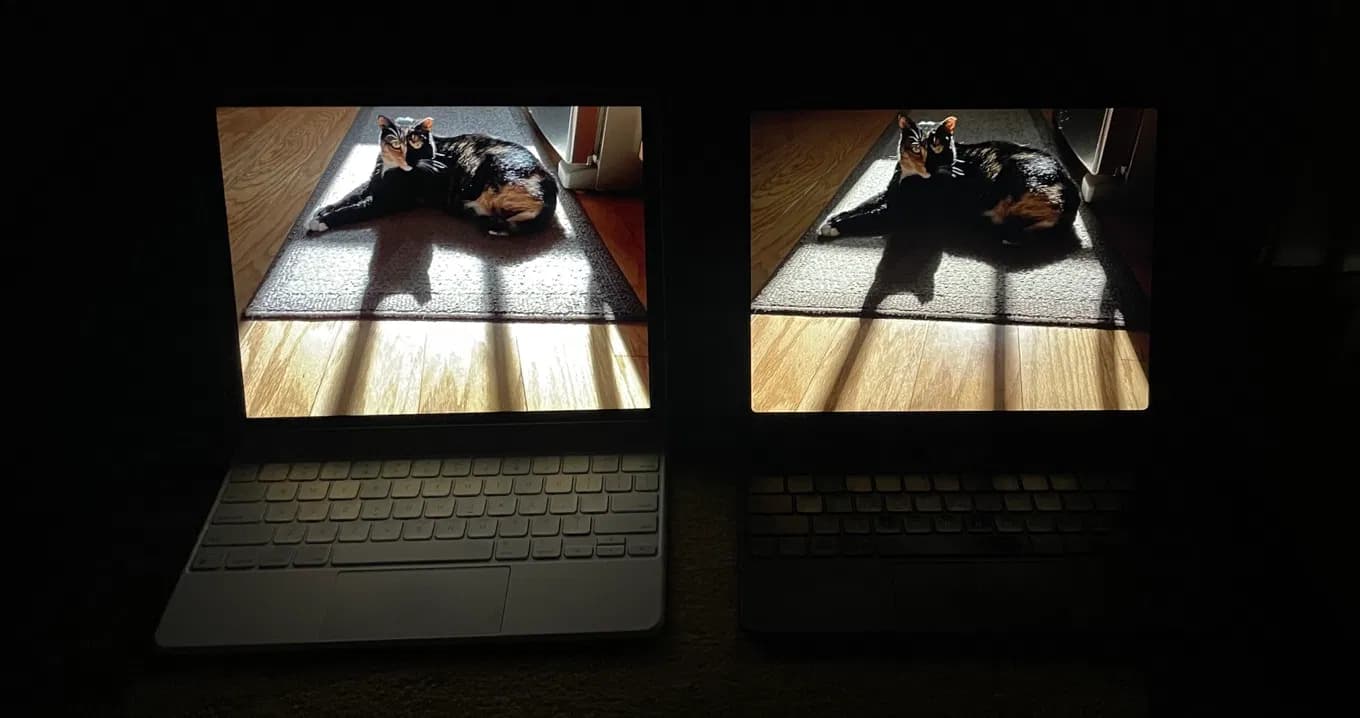We expect the new device that’s replacing our current one to be better in some way or another. Some reason to justify the upgrade. Some category of products are better at this than others, and some companies are better than others. But, the general rule of thumb is present across the board: make my new thing better than the last.
Which is how it should be. It’s probably one reason why smartphones don’t need a yearly refresh cycle, even if that’s what’s been shoved in front of us for years now. At least, in most cases, companies like Apple and Samsung and others (there are others out there still, right?) do a good job of justifying the upgrade. Usually. Some years it’s more subtle than others, and some it’s a huge leap forward.
This is almost one of those years for the iPad Pro.

Which is strange, because on paper it definitely should be. While the previous model of Apple’s most powerful tablet was obviously very powerful, thanks to Apple’s A-series processor, the inclusion of the M1 chip sends the new tablet into a whole new dimension of power, speed, and capability. And yet, it’s still running iPadOS and stymied by Apple’s own hardware decisions.
And then there’s the display. Many reviews pointed out how great it is, and, after some time with the new panel I can say the same. It’s great. But, just like many reviews pointed out, some folks might not be able to see the difference in general use. The colors are absolutely better, yes, and the contrast ratio is superb. But, just using the tablet to get some writing done, or reading, or answer emails, or browse the web, probably won’t show off the screen’s potential in any meaningful way.
And then you turn on a movie or TV show that supports 4K HDR and, yeah, then it’s just showing off.
I watched a couple of different movies yesterday, both of which I’ve used to show off my LG OLED TV at home. And watching them on the 12.9-inch iPad Pro is just as great. I honestly didn’t think that a mini-LED display would be able to stay on par with an OLED screen with contrast ratios and blacks, but Apple proved my concerns were unwarranted. This display really is great.
But then it hit me: I was only watching a couple of movies on this thing because I wanted to try out the display. To show it off. To put it through its paces. Now, I know that there will come a time at some point where I’ll probably do that again. On a flight or at a coffee shop and I just need something to help me pass the time while I get something else done.
Because our phones and our tablets are basically just screens at this point, we expect those displays to be the best of the best, at least for the price point whatever that product is at. When it comes to the 12.9-inch iPad Pro, we absolutely should expect Apple to put the best possible screen on the big tablet. And I think they’ve done that with the Liquid Retina XDR.
I’m curious though: how many of you out there with an iPad Pro, whether it’s a brand new model or one from just a couple of years ago, are watching movies and TV shows in glorious High Dynamic Range to take advantage of your screen? Is this something you even care about, especially if you’re getting an iPad Pro to get actual work done? This screen will probably be a welcomed addition for photographers, too, as it shows off its capabilities in high-resolution and colorful photos and videos, too.
It’s also worth noting here, before the end, that upgrading the display usually ties to other improvements, too. Power management. Battery life. Things like that. And maybe that’s where the real importance lies — a better experience across the board, rather than just one single element in the overall machine. Maybe getting better HDR, colors, and contrast for movies and TV isn’t the selling point, but just the icing on the cake.
What do you think?